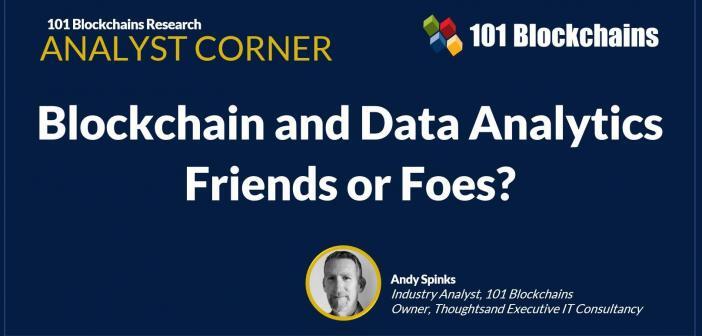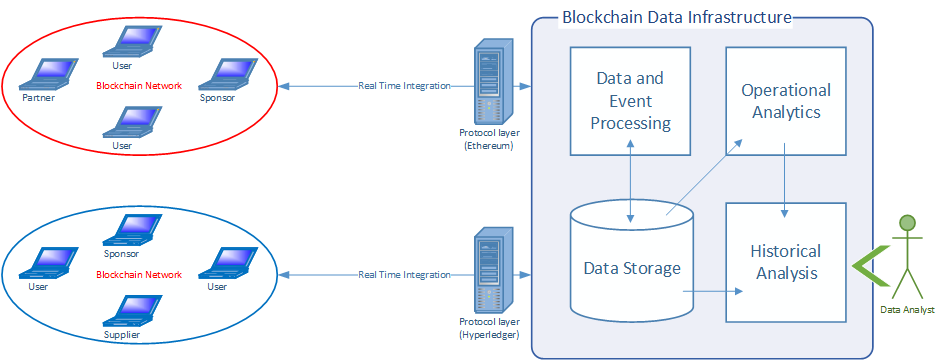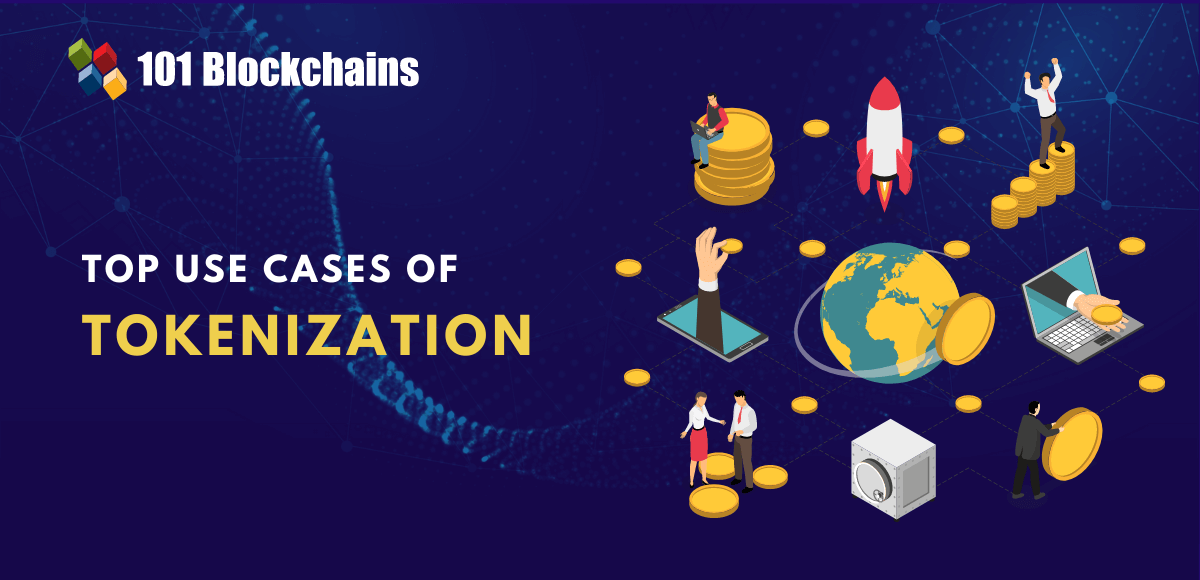Learn how blockchain truly works, master key definitions, and uncover what makes smart contracts so "smart." Dive into the fundamentals, gain valuable insights, and start your blockchain journey today!

- Analyst Corner
Andy Spinks
- on December 07, 2020
Blockchain and Data Analytics – Friends or Foes?
Why the Focus on Data?
Anyone who has read my recent Analyst Reports for 101 Blockchains may by now be thinking ‘why is this guy so obsessed with data?’. First it was ‘Blockchain and Lean Six Sigma’ then ‘Blockchain and Big Data’ and now he is talking about ‘Blockchain and Data Analytics’.
Well, for me, data is the key to how a business functions and succeeds. Whilst the previous reports focus more on efficiency, quality and measures which I see as the data building blocks, this report addresses analysis which I see as the value piece.
Being able to effectively mine and explore your data such that it informs your key business decisions and strategy is key to long term market growth but only really works when the previously discussed structure and controls are in place.
Read More: Blockchain and Lean Six Sigma
Definition of Data Analytics
According to investopedia,
Data analytics is the science of analyzing raw data in order to make conclusions about that information. Many of the techniques and processes of data analytics have been automated into mechanical processes and algorithms that work over raw data for human consumption.
Blockchain and Data Input
When we think about data and the value it provides, we are continually reminded that ‘Rubbish data in’ invariably leads to ‘Rubbish data out’. So, cleaning data before storing it can be invaluable and anything which can be done upfront to reduce duplication and errors will save time and enable better results.
Here is the thing with Blockchain. Whilst the benefits include the fact that it will provide a single source of the truth, can enable consensus and provide a full permanent history and audit trail, from a data input perspective it can accentuate issues.
Let me explain. Suppose we have ‘Rubbish data in’ in a Blockchain environment, as stated earlier, this would likely lead to ‘Rubbish data out’ but due to the key characteristics of Blockchain it potentially gets worse.
Not only do you have ‘Rubbish data in’ but that rubbish data cannot be erased because Blockchain keeps a record of every transaction and activity via permanent records. That does not mean the data cannot be cleaned and organized but the mantra then becomes:
‘Rubbish data in’ – ‘Rubbish data stays in permanently’ – ‘Rubbish data out’
But Is This a Bad Thing?
Although bad data is never good, clear transparency of that data is advantageous as without it, remediation and corrective action becomes far more challenging.
The fact that Blockchain creates a record of all the bad data in and can trace it through its lifecycle provides valuable information in of itself. In a traditional database, the bad data in could be erased and no one would ever know it was there.
With Blockchain what happened is clear, there is no potential cover up and the historical data enables improvement opportunities and learning for the future. Surely this is a good thing. This is not to say that we encourage bad data in, that should always be avoided where possible but, once identified, to ensure effective corrective action it needs to be addressed and not ignored or hidden.
Also Read: Can Blockchain and traditional Databases co-exist?
Raw Data Hits a Nerve
Data Analytics focuses on optimizing raw data to provide valuable insights and opportunities for clients. To this end the smart contract architecture of Blockchain can enable data to be easily partitioned for analysis, assuming the original system design was put in place with this as a consideration.
However, the real benefit is that once data is in a Blockchain environment it can be easily monitored through its lifecycle. This means that this data becomes traceable not just at inception but through every interaction it makes and every process it touches which creates a much richer vein of historic and current information for clients to mine.
The diagram below is a simplified model showing how a combination of operational and historical data could be utilized by a Data Analyst.

Blockchain and Data Analytics: Living in Harmony
As Data Analytics becomes more of a focal point and a key driver for business quality improvement, Blockchain can help. The following is an extract from the recently published Gartner report:
100 Data and Analytics Predictions Through 2024 by Analysts Graham Peters, Alan D. Duncan
“By 2023, organizations using blockchain smart contracts will increase overall data quality by 50% but reduce data availability by 30%; conversely creating positive data and analytics ROI.”
Closing Comments
In closing, the path to effective and productive data from definition through reporting is one where Blockchain can add value but like any technology it is only as good as the data being entered. Even the best systems cannot totally stop people entering bad data but they can help them identify, fix and replace it.
Oh, and my next report will not be on data (probably) ?




